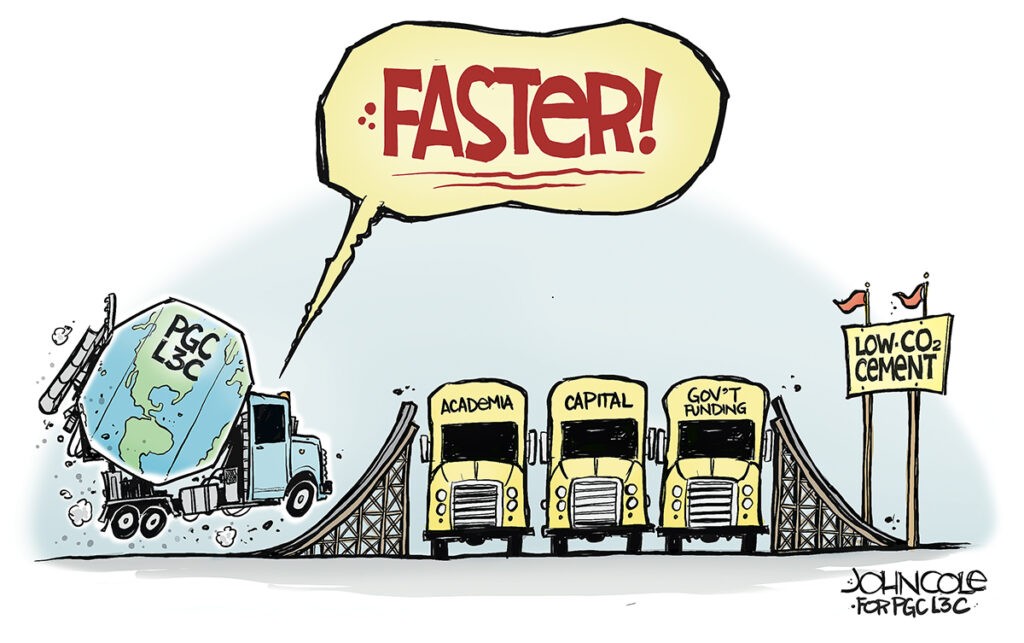
James Hansen, an early climate science pioneer and former NASA scientist, is joined by others in warning that 2024 will see us “briefly pass through” the crucial 1.5°C warming threshold. This threshold is the ground that the UN’s IPCC has been planning to hold in order to prevent severe escalation of the effects of climate change. Cement, a vital component of concrete, the ubiquitous backbone of our infrastructure, contributes up to 6% of global anthropogenic CO2 emissions. Its decarbonization is not just a technological challenge, but an imperative.
Focusing solely on a 1.5C warming threshold and establishing 2050 as the deadline for net-zero cement production is a dangerous luxury we no longer have. As climate expert and atmospheric scientist Kerry Emanuel said in a recent conversation with The Guardian, “there are no magic numbers in climate change, just rapidly growing risks.” Every fraction of a degree matters, and every moment of inaction pushes us toward more threatening climate risks.
The good news is that solutions exist. Stepping up demand-side reductions through efficient construction practices can reduce cement usage without compromising safety, with a potential sector wide emissions reduction up to 22% according to Mission Possible Partnership’s report. Deploying alternative binders like geopolymers and embracing the full potential of Supplementary Cementitious Materials (SCMs) can significantly lower clinker reliance, the most carbon-intensive component, with 25% potential emission reduction.
The claimed heavy lifter in this fight is Carbon Capture and Storage (CCUS). According to the report, CCUS has the highest potential emissions reduction–53%–yet it carries its own risks. Expensive, energy-intensive, and potentially harmful if not meticulously deployed, CCUS cannot be the sole or primary solution.
The key is immediate action on all fronts with an emphasis on proactive measures–to prevent and lessen these problems before they happen rather than addressing the damages after the fact. We must prioritize low hanging fruit like demand reduction through efficient architecture and lay the groundwork for responsible CCUS through research, regulation, and infrastructure development. Faster deployment of these readily available solutions can significantly reduce CCUS reliance, making the transition smoother and more financially feasible.
Emerging sustainable cement initiatives may take the industry by whirlwind in their ability to innovate at a faster pace. These projects have their own hurdles, like passing long term durability tests and obtaining enabling regulations, but their potential is high and growing. Sublime Systems and Fortera, for example, are developing technologies approaching drastic emissions reductions proven at scale. Projects like these increase the pressure on existing companies and drive competition in the right direction.
These actions demand a global unison of efforts. Importantly, the capital markets must find reason to invest, and Governments must set more ambitious targets and enact policy to incentivize green building practices. Industries must embrace innovation, prioritize decarbonization, and invest in cleaner technologies.
